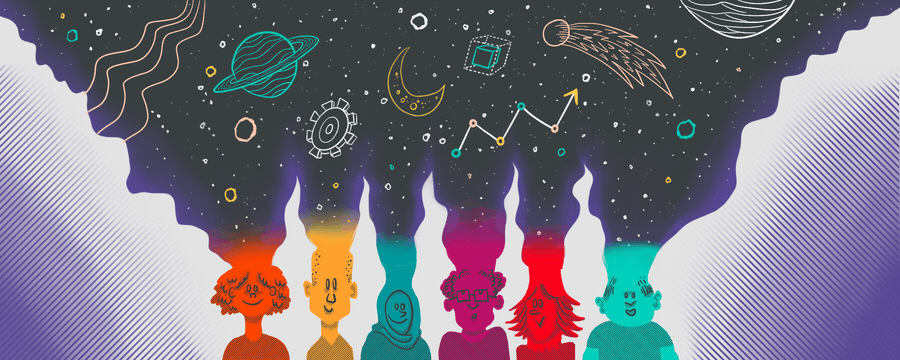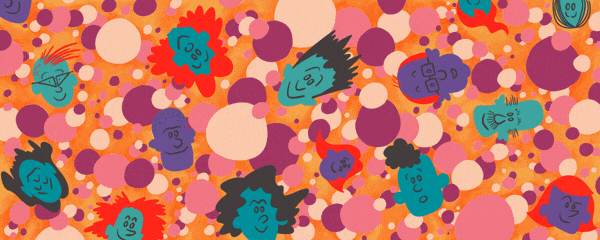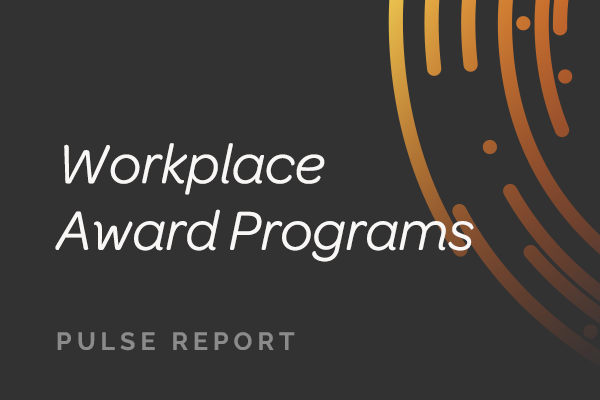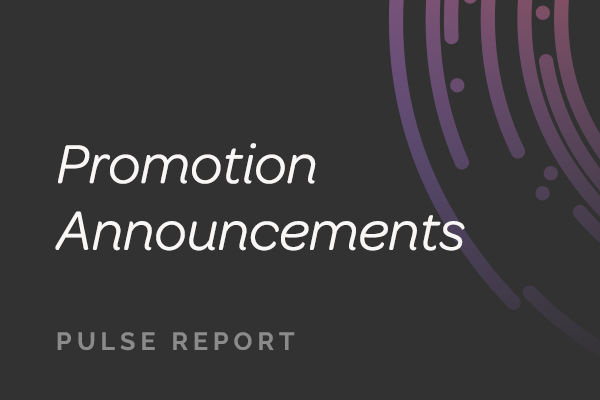
Today’s workplace may be in a perpetual state of flux, but two things that remain constant are the words creativity and innovation. Whether it’s macro-level change disruptions or nitty-gritty variations on the daily grind, any time a team or organization faces a new challenge — every day, in other words — they call upon employees to come up with “creative solutions.”
But what exactly does that mean? Does it require a disciplined series of scheduled brainstorms, or is it just an organic side effect of “bringing your whole self to work?” While some employees may regard the call for creativity in the workplace as an engaging perk of their jobs, others who believe they lack creativity might experience undue anxiety. Across the board, a lack of clear purpose can leave employees scratching their heads and wondering how their ideas can help solve company problems.
But approached with the right mindset, creativity in the workplace doesn’t need to be exclusive or intimidating. Rather, it’s a practice that everyone can participate in. And when it’s nurtured and given air to grow, it can lead to innovations that help companies achieve increased productivity and growth.
What is Creativity?
Creativity, like happiness or the sensation of a breeze, feels like it should be obvious to describe. However, if each of us were asked to define what creativity means, we’d all come up with different descriptions built and shaped by our unique life experiences.
For some of us, creativity might conjure words like imagination, originality, vision or skill. Others might jump right into notions of the arts — painting, sculpture, music, fashion, theater or film. Many people might associate creativity with the output of the online content creators who fill our social streams. Individual interpretations may differ, but they all have a common denominator: “Creativity” can be considered the act of developing fresh ideas by engaging with the world in imaginative ways.
Creativity in the Workplace
In the workplace, the adjective creative is often used euphemistically to ascribe a “quirkiness” of character to an unexpected idea or to describe something as “out there” or “beyond the norm” (insert metaphor of a box and your spatial relation to it). As a noun, creative can bring to mind intimidatingly hip advertising professionals dressed in all black with funky glasses (think Creative with a capital C).
In fact, when it comes to creativity in the workplace, rather than an adjective or a noun, being creative is best thought of as an action. And, contrary to stereotype, it doesn’t always come in a burst of intuition and inspiration.
Melanie Barna, ROI’s Senior Vice President of Marketing and Creative, sees the act of creativity as a mindset that requires intention and practice:
“
“‘I’m terrible at drawing.’
I’ve heard this statement so many times over the years, by so many people, I can’t even count.
While I’m sure a lot of people feel this way, the fact is, expert artistic ability— whether it’s for music or writing or photography or, yes, even drawing — isn’t something you’re born with. It’s something you get good at by practicing.
Even the best at it — the Michelangelos, the Beethovens, the Toni Morrisons, the Jackson Pollocks — only got that way because they spent their whole lives working on their craft. Michelangelo himself once said, ‘If people knew how hard I worked to get my mastery, it wouldn’t seem so wonderful at all.’
You only get good at something by practicing it. This goes for creative thinking, too. Do you know how to tell a creative person from a supposedly ‘non-creative’ person? The creative person doesn’t say to herself, ‘I can’t draw.’ She just draws. The difference has nothing to do with genetics or talent. It’s simply a matter of mindset.
Okay, so then how can someone develop a more creative mindset? You just have to train yourself to continually examine what you see around you, to challenge norms, to be open to different ways of doing something. When you do that, day in and day out, you’re practicing the art of creativity. You’re building up muscle memory. You’re rewiring your brain to focus on what’s possible — and not what’s impossible. Over time, that deliberate way of thinking will even become the default: a perpetually creative mindset that’s always tinkering, always conceiving, always seeking out new ideas.
I promise you, you already have it in you to be creative. You just have to give yourself permission to try—and then be stubborn enough to keep at it until it becomes a habit.
When that happens … watch out, world …”
If we look at creativity as a way of thinking that any employee can participate in, we start to see how it can be cultivated as a habit or work ethic that can help an organization expand the notion of what’s possible.
Once we accept this, we dispel the notion that creativity is a discipline reserved only for the select few.
But what does it mean to be creative, if not to actually create and produce? Let’s talk about creativity and its cousin, innovation.
The Creativity/Innovation Contrast
While creativity is closely related to innovation, it’s not quite the same thing.
One of the most succinct breakdowns of the difference comes from the World Economic Forum: “Creativity is coming up with new and useful ideas. Innovation is the successful implementation of those ideas.”
While creativity is how we think and engage with the world in imaginative ways, innovation is the practice of turning those new ideas into reality. This is especially true when innovation generates value for the innovator, their organization or the world at large. You can think of innovation as the product development department of creativity.
Creativity won’t always lead to innovation, but innovation won’t happen without creativity. It’s the soil from which innovation grows.
Why You Should Think Creative First
Many companies are tempted to try and jump straight to innovation because they’re understandably hungry for quick, positive outcomes and measurable results. But in business, innovation rarely comes easy. There are numerous financial and organizational pressures that can make it a challenge to bring innovative plans to life — pressures that often grow with the size of the company.
By contrast, creativity is something that’s open to anybody at any time, especially as we embrace a new era of digital tools that facilitate and democratize it.
In a recent blog post, the communications team at Adobe writes, “Technology allows us to be more collaborative, to form new relationships and establish new ways of working. Ultimately technology is a facilitator for our creativity, and business leaders must embrace it to thrive in the digital-first world.”
But while technology can be essential to the spread of creativity in the workplace, the most important elements — curiosity and commitment — are free to everyone and can easily be harnessed by open-minded leaders. It doesn’t require special training; In fact, some of the most surprising creative ideas can come from people who have an outside perspective. And creativity is a flexible habit that can be pursued individually, in pairs, in groups or across an entire organization.
The result is that creativity in the workplace, when properly supported, can help great ideas bubble up from anywhere. Just because a creative session doesn’t lead to an industry-shaking innovation, modest creative contributions like ideas for productivity enhancements can make an outsized difference to a company, especially when it comes to creating a better employee experience.
This can set in motion a virtuous circle where the phrase “this is how we’ve always done it” becomes a saying of the past.
Let’s Get Creative!
So how can your organization best prioritize creativity, especially in our current moment, when disruptive workplace trends show no signs of slowing down? In a pair of upcoming posts, I’ll talk more about some of the broad strategies that can help you build a more creative mindset among your people, followed by some specific tactics that you can easily put into action. I hope you’ll join me!
More from our series on creativity:
Contributors:
Jeff Lewonczyk
Director, Specialist
Jeff is a strategist and award-winning illustrator with a background in theater, music and arts advocacy. A resident of Brooklyn, he directs musical comedies and helps clients connect with their audiences through visually compelling stories and messaging.





